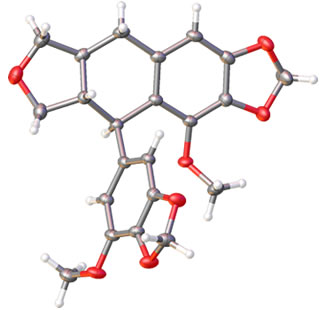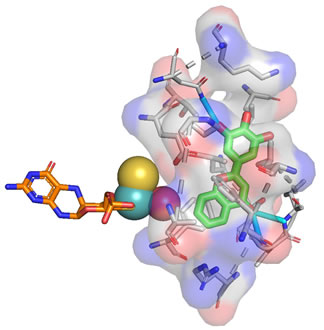Food Analytical Chemistry

- account_circleShigenori KumazawaPhD, Prof.
- account_circleChihiro HondaPhD, Research Asst. Prof.
- Website:https://dfns.u-shizuoka-ken.ac.jp/labs/foodproc/
- Mail:kumazawa@u-shizuoka-ken.ac.jp
- Phone:+81-54-264-5523
Analytical studies of food components
Elucidation of the scientific evidence of the functions of foods by analytical chemical techniques
Chemical analysis of the functions of specific foods has received considerable attention in recent years. Our laboratory possesses the technology and expertise to perform the analytical studies of the components in foods or plants required to obtain scientific functional evidence or food function. In our laboratory, we perform chemical analyses using high performance liquid chromatography (HPLC), nuclear magnetic resonance (NMR), and mass spectrometry (MS). We also evaluate a variety of in vitro biological activities such as the antioxidant and antitumor properties of foods or their components. Our laboratory staff also collaborates extensively with other laboratories and outside companies.
- 1. Structural determination of bioactive food substances
We perform structural determination studies of bioactive substances in bee products such as propolis and pollen, and herb. This work occasionally requires that our laboratory staff collect these natural products samples outdoors.
- 2. Studies of biological functions of foods
We study the biological activities of the components of specific foods or plants and evaluate the in vitro antioxidant, antibacterial, and antitumor activities of related compounds. Assays using cultured cells or animals are also occasionally performed.
- 3. Interaction analysis of polyphenols with biological components
We use various modeling and NMR techniques to examine the interactions between polyphenols and biological components.
- Figure 1
- Structure of new compound isolated from Indonesian propolis.

- Figure 2
- Interaction of flavonoid and xanthine oxidase.

References
- J Nat Prod. 82, 205 (2019)
- Nat Prod Commun. 13, 973 (2018)
- Phytother Res. 32, 1304 (2018)
- Phytomedicine. 36, 238 (2017)
- J Food Sci. 81, 1394 (2016)